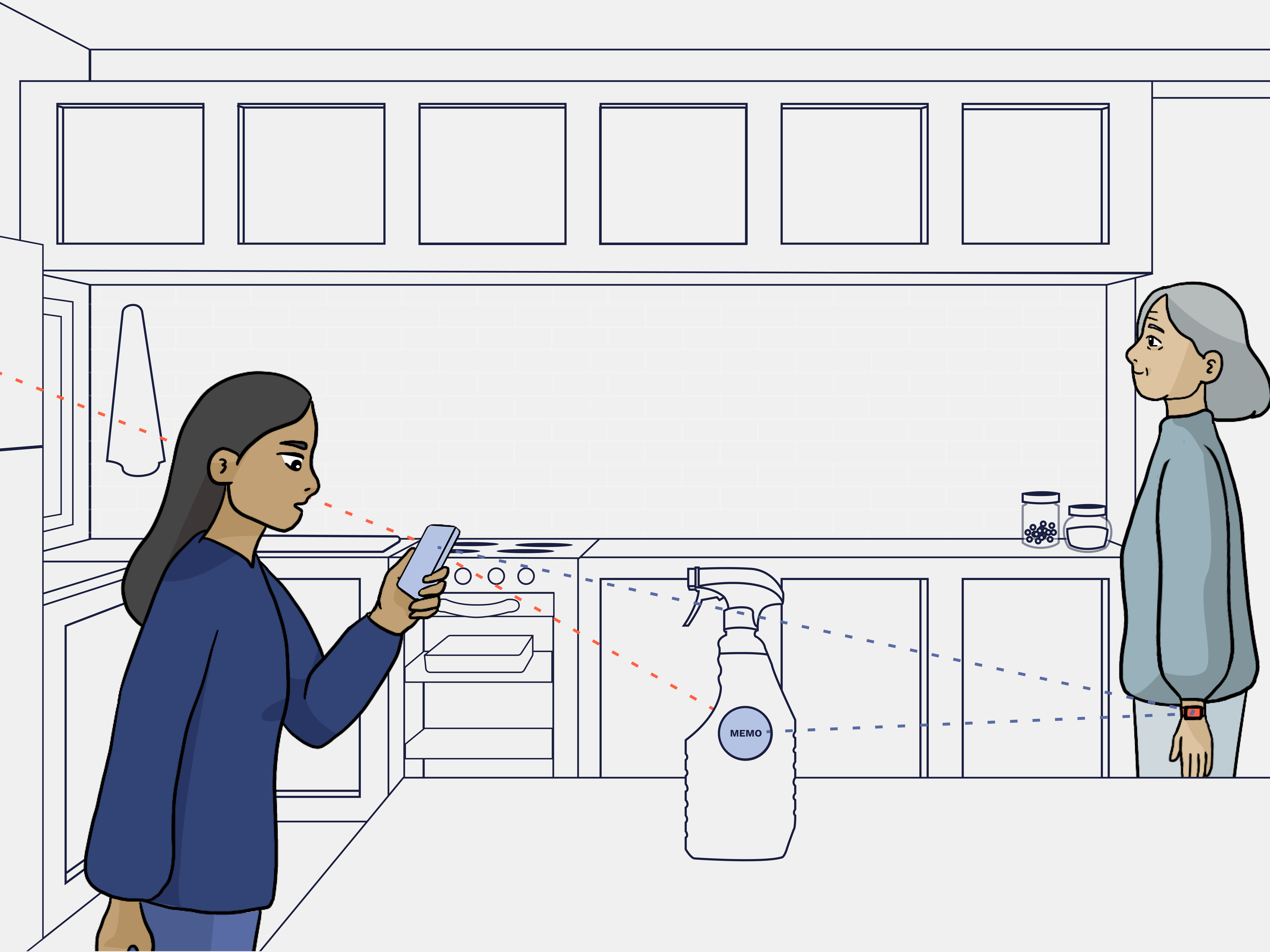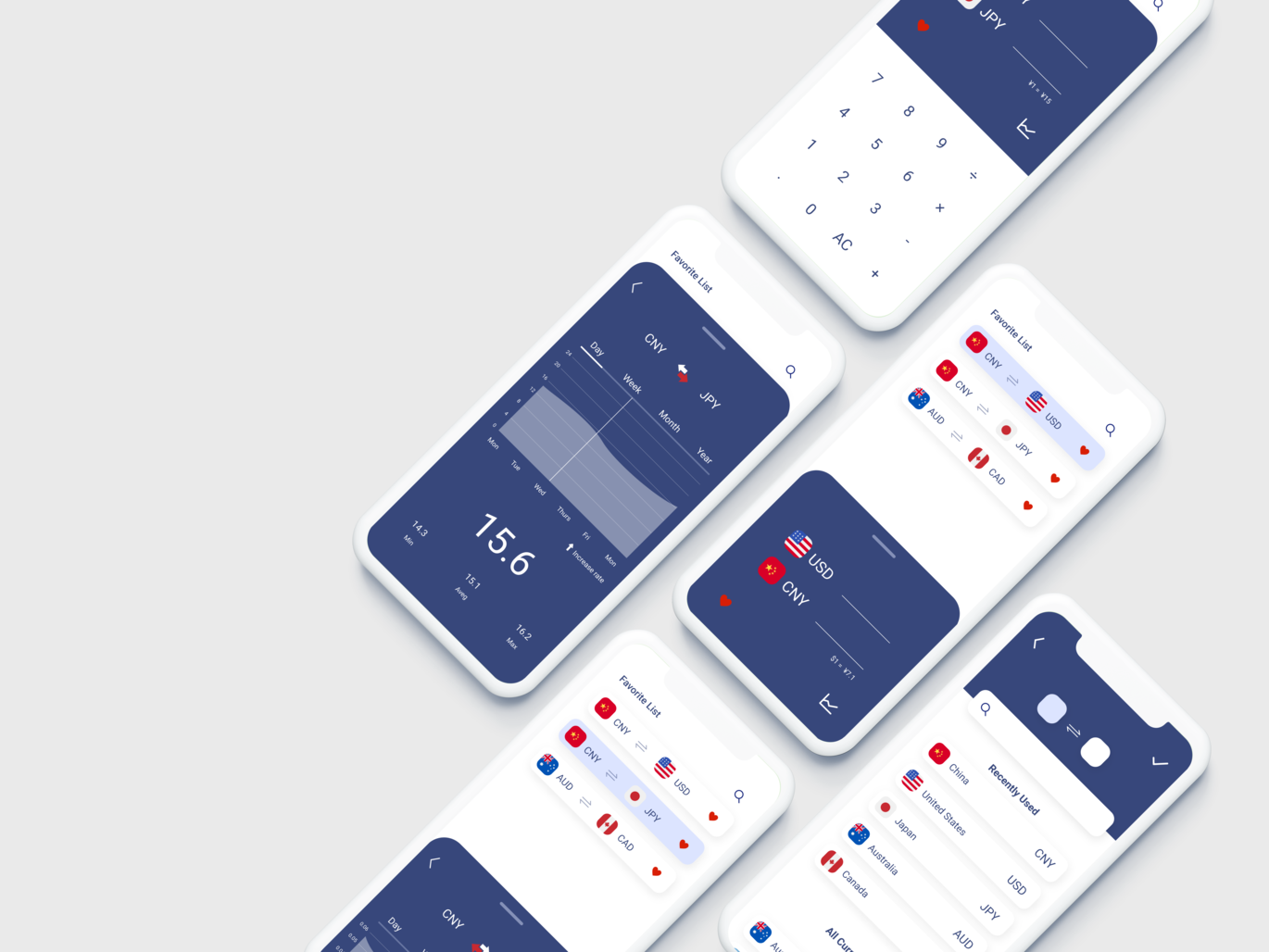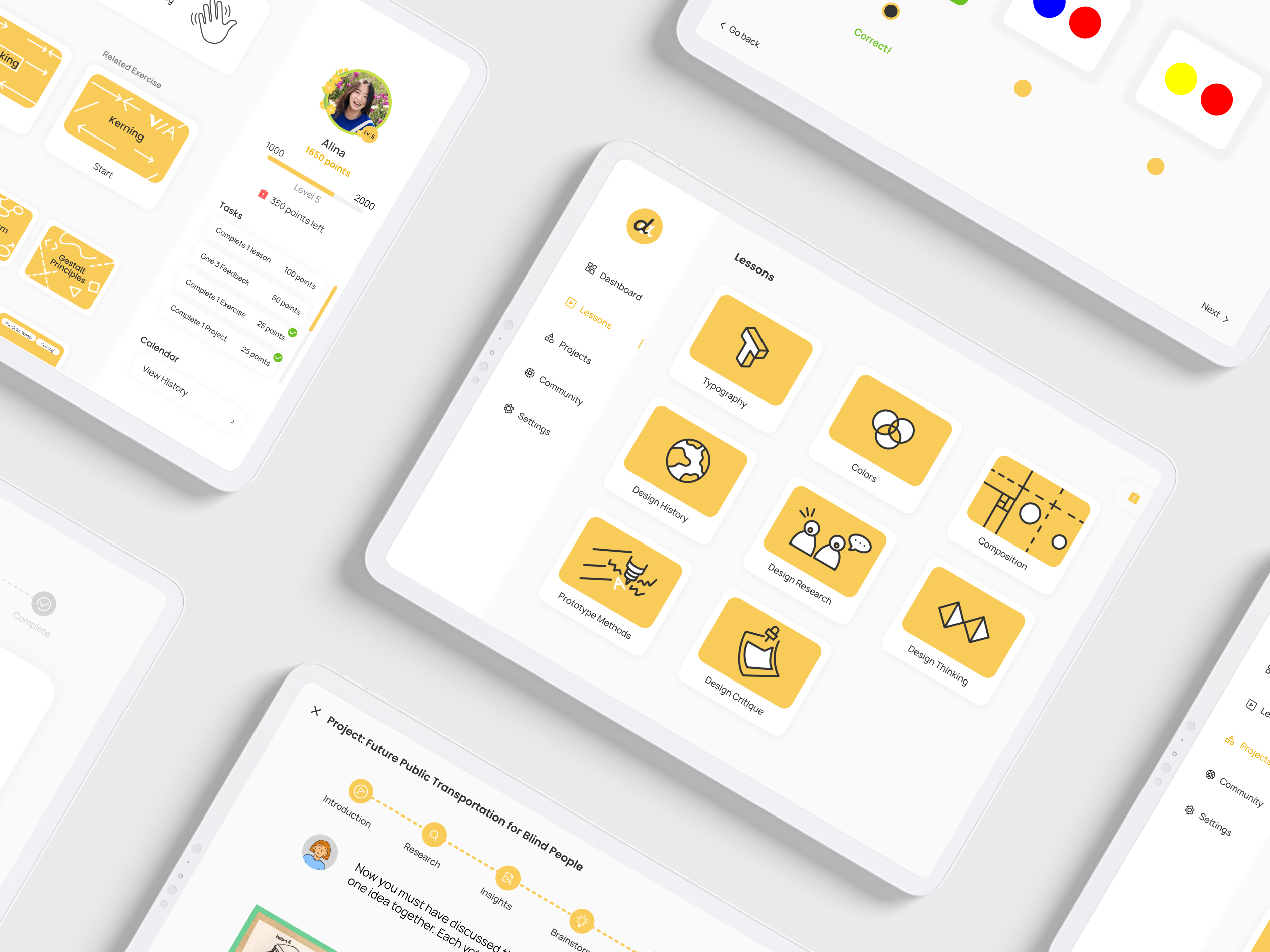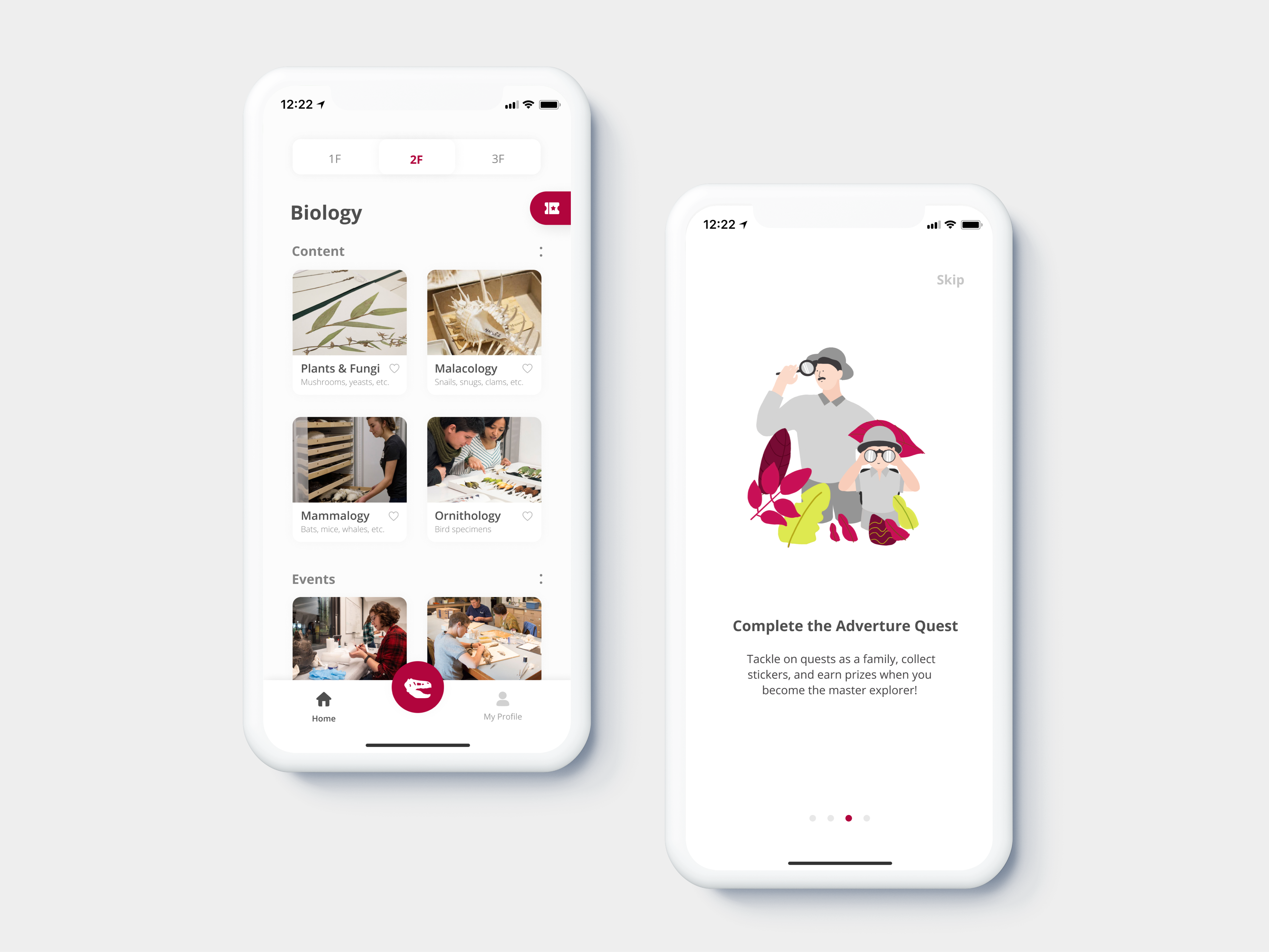PlayinTouch
A game phone case that enhances players physical interactions in the game.
DURATION Team. MY ROLE
3 months Jiayi Tang Semi-structured Interview
Wendy Gui Data Analysis&Synthesis
Prototyping
Background
Gaming is a hobby that has often been trivialized or reduced to its supposed negative impacts. Yet gaming culture and the industry continues to grow and become more influential, as ⅓ of the world’s population are estimated to play games. For this reason, we conducted research to know why the youth are so attached to games.
After research, five rounds of ideations and many critiques, our team decided to focus on the first insight — “Friends influence players’ gaming attachment through interaction and collaboration within a game” and build a product that could enhance the social gaming experience.
Solution
Our final concept is a phone case that can help players send instant signals to their friends while playing mobile games. There are four removable player pieces that could be attached to the phone case and each piece represents a friend. The biggest piece, which represents the case owner, should be placed on the far left side of the case. The rest of the pieces will be placed on the far right side of the case.
There are three main interactions happening on the phone case. First, players can double-tap the player pieces to send compliments to their friends. The player’s friend on the other side would receive a flashing rainbow light as feedback. Second, players can press down the player pieces to send criticism or warning to their friends. The player’s friend will receive red light as feedback. Lastly, when the players win the game as a team, there will be lights shining through in loops in the player pieces.
Secondary Research
As part of our introductory research into the topic, we did literature reviews to find out in what ways do 18–22-year-olds feel attached to and nurture a hobby of playing multiplayer action games. We chose to focus on multiplayer action games as we were interested in the social aspects of games, and we felt that this target group would still include a diverse range of players. Many of our secondary research topics are about the psychology behind a game and overall gaming culture. These are our four important findings:
Insight 1
Extroverts are more likely to enjoy the excitement, competition, and community part of online multiplayer action games.
Insight 2
Players are more encouraged, and their expectations increased when they receive rewards at random intervals.
Insight 3
Apart from being motivated by external rewards, players play games because of intrinsic motivation.
Insight 4
Players will act when there is a “trigger”, “ability,” and “motivation” to do so.
(See more details: https://medium.com/young-adults-gaming-behavior-on-multiplayer-action/friends-who-game-together-stay-together-our-research-on-gaming-behavior-77f4a6c026ac)
Primary Research
Our primary research consists of interviews, observations, contextual inquiry, and a card sorting activity. All this will be conducted within a ~45-minute session between two researchers from our team and one participant. One of the researchers will act as a facilitator that will be asking the questions, and the other will act as a notetaker. To prepare for each of our sessions we created a study guide outlining our questions, code of conduct/consent forms, a script of instructions, and links to resources and other materials we would need.
As this was during the COVID-19 pandemic, we conducted our research remotely through Zoom calls. Participants were contacted and briefed beforehand about being ready and consenting to share their screen and play a multiplayer action game of their choice for the 32-minute observation and contextual inquiry. We chose to do interviews to better understand players’ personal experiences with gaming, including their habits, background, and preferences. We did observations with contextual inquiry and thinking aloud protocols as we wanted to understand the immediate thought processes and feelings players have when being immersed in a game. We chose to do a card sorting activity after the observation to further dig deep into the main motivations and emotions players felt and choose to represent themselves with.
Data Analysis & Synthesis
We conducted these sessions with 16 different participants, who came from the US, Canada, China, Indonesia, and Taiwan. From these sessions, we analyzed our results through affinity diagramming to synthesize our 6 insights.
Friends, family, and players’ close environment influences players to begin gaming and determine what games they play. After being introduced to the game, players’ found themselves more willing to play with their friends rather than strangers because of the ease of collaboration and interaction both in and outside the game.
Through collaboration, friends use the game as a shared activity and conversation topic. This collaboration is facilitated by the microphones and the chat features in the game. Most of our participants liked to interact and coordinate with their friends when they are playing remotely.
“At first, I played through the introduction of my classmates, and then I played with my classmates all the time.” — P10
The game also influences players’ relationships with their friends in life. Two of our participants mentioned that once they start to play games with their friends, they have more common topics to talk about with them.
“I can have more topics to discuss with my friends. 10% of the time I am with my friends we are talking about games.” — P3
Getting higher ranks and striving for victory are essential features of multiplayer action games. The sense of accomplishment and recognition from these features can be addicting; encouraging players’ to keep playing and not quit. Once comfortable in a game, players tend to stick to one game and work to improve their performance and rank. Some of our participants highly value their performance in the game and use the other players’ feedback and the scores in the game to improve their skills.
”For me, games are more than just relaxing. I hope for self-satisfaction and recognition. Only rankings can allow me to see the feedback and results immediately as I play it long enough.” — P4
“You want to keep trying and keep trying until you get a reward from the game, and the reward that I get from this game is recognition because I’m the top global hero.” — P5
Many of our participants thought playing games was a great way to relax. When they were feeling stressed or emotionally unstable they could escape to the game world. By transferring their attention there they were able to put their tensions behind.
“Games give me relaxation, and it is a way to release my stress. Therefore, trying out new games is like taking a new journey.” — P2
“When I have some personal issues, usually I tend to go to games just to avoid those issues and make myself feel happy again by spending time with the boys and just chilling.” — P5
“Especially when I’m doing homework, it’s like, okay, I’m not getting through this fast enough. I need some sort of win through playing games.” — P8
Besides the social bondings in the game, elements of the game itself like the story, art, and characters are the main reasons for players to get attached to the game. This insight applies to most of our participants, but might not apply to all players. These players usually have something in common: they will keep playing the game even if their friends quit the game or no longer play it. The reasons for them to continue to play are the game’s lore, characters, visual elements, or the realistic environment in the game.
“I like how Honor of Kings is designed in ancient Chinese style. Each hero is connected with real stories of people in ancient China. I am fascinated by one hero. His personality resonates well with me.“ — P15
“I restarted playing Monster Hunter World because its picture quality was improved. Realistic and immersed environments make me more likely to keep playing.” — P3
Despite the positivity around multiplayer action gaming, we found that some of our participants struggled emotionally with their gaming behaviors. Games can be a great way to take a break from life, but the inability to manage their game habits leads players to question their productivity and interferes with their own values and societal expectation. Therefore, we found that many of them tried to control their game time with different methods, like limiting themselves to only one game, or removing games completely.
“It’s definitely addicting. It can take your time and the fact that it’s so accessible in my bedroom, makes it quite dangerous for completing my work.” — P7
“Last year was my first year in my major, I didn’t want to mess that up so I would not have any games downloaded to be more productive.” -P8
“Excessive gaming time might have hurt my neck and seating posture a bit. Therefore, gaming is fun but I am controlling the amount of time I spent to prevent game addiction and health problems.” — P2
Moreover, when playing multiplayer action games, players will end up gaming with strangers. Many of our participants experienced verbal harassment, trolling, or just a lack of team cooperation while playing multiplayer action games. Their emotions were negatively impacted because of this phenomenon. Therefore, many of them minimize interactions with strangers to avoid abusive behaviors.
“I don’t like partnering with strangers because they are not collaborative, they either play on their own or they might speak a foreign language that I do not understand.” -P1
“I don’t like it when a player is making hateful comments while we are losing. I think the game is a way to relax and have fun, not to contain hate or negative emotions.” — P2
”I don’t play ranked, it is too toxic. There is more pressure to do well, people would get really mean if you do something wrong they would curse you out or talk sh*t about you.” — P6
Design Principles
Final Deliverable
After five rounds of ideations and many critiques, our team decided to focus on the first insight — “Friends influence players’ gaming attachment through interaction and collaboration within a game” and build a product that could enhance the social gaming experience. Instead of focusing on solving a problem identified in our research — such as addiction, managing gaming habits, or toxic community and interactions — instead, we chose to have a more optimistic view and design on how we can enhance the gaming experience.
How do you use it?
How does it work?






